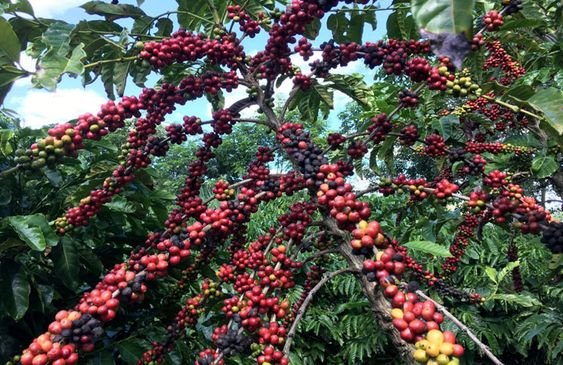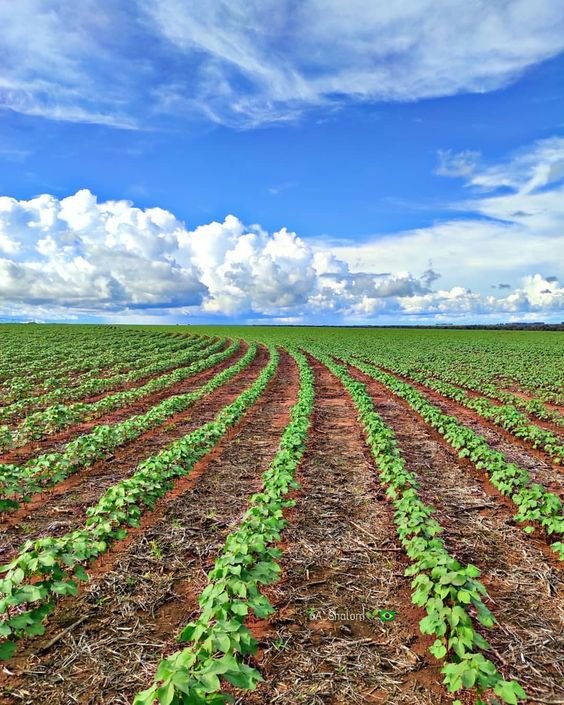Delving into the World of Financial Farming: Where Agriculture and Investment Converge
Financial farming might conjure images of rows of neatly planted dollar bills or stock certificates sprouting magically from the ground. While the reality is certainly less whimsical, the term still embodies a fascinating intersection between traditional agriculture and the world of finance. Let’s explore the diverse landscapes encompassed by “financial farming” and unravel its intricacies.
1. Traditional Financial Farming: Cultivating Profits from Real Fields
This realm refers to the practice of managing farms with a distinct financial focus. Here, farmers act as business owners, making strategic decisions to maximize profitability and optimize resource allocation. This involves:
Diversifying crops and livestock: Spreading bets across multiple income streams mitigates risk and capitalizes on fluctuating market demands.
Employing financial tools: Budgeting, cost analysis, and market research become crucial to assess opportunities and track performance.
Leveraging government programs and subsidies: Understanding and utilizing available financial support strengthens the farm’s resilience.
Adopting sustainable practices: Not only environmentally beneficial, these practices often improve efficiency and cost savings.
Exploring value-added opportunities: Processing, packaging, and direct-to-consumer sales can offer higher profit margins than selling raw produce.
2. High-Tech Financial Farming: Seeds of Innovation
Technology is revolutionizing this space, introducing tools and strategies that enhance financial decision-making:
Precision agriculture: Sensors and data analytics optimize water usage, fertilizer application, and pest control, reducing costs and increasing yields.
Robotic automation: Drones for surveying crops, robotic harvesters, and automated milking systems improve efficiency and labor savings.
Blockchain technology: Tracking provenance, ensuring food safety, and facilitating direct transactions between farmers and consumers fosters trust and potentially higher returns.
Agritech platforms: Online marketplaces connect farmers with investors, buyers, and service providers, streamlining operations and access to finance.
3. Alternative Interpretations of Financial Farming:
The term “financial farming” can also extend beyond physical farms and encompass broader financial concepts:
Investing in agricultural assets: Purchasing farmland, agricultural stocks, or related commodities as financial instruments holds potential for capital appreciation and income generation.
Crowdfunding for farms: Platforms allow individuals to invest in farms, supporting sustainable practices and gaining potential returns.
Carbon farming: Generating and selling carbon credits through sustainable land management practices offers new income streams for farmers.
4. Navigating the Uncertainties Financial Farming:
While the potential benefits of financial farming are significant, it’s crucial to acknowledge the challenges and risks involved:
Market volatility: Fluctuations in agricultural commodity prices can impact profitability significantly.
High initial investment: Implementing advanced technologies and sustainable practices requires substantial upfront costs.
Regulatory complexities: Understanding and complying with relevant agricultural and financial regulations can be demanding.
Access to capital: Smaller farms may face difficulties securing funding for investments and technological adoption.
5. The Future of Financial Farming:
As innovation continues to reshape both agriculture and finance, the future of financial farming promises dynamic advancements. Continued developments in areas like:
Artificial intelligence: Algorithmic decision-making and predictive analytics to optimize resource management and market opportunities.
Vertical farming: Controlled-environment agriculture enabling higher yields and year-round production closer to urban centers.
Regenerative agriculture: Enhancing soil health, biodiversity, and carbon sequestration while improving financial sustainability.
These innovations hold the potential to create a more resilient, resource-efficient, and profitable agricultural sector, contributing to global food security and environmental sustainability.
Beyond the Investment Horizon
Financial farming, in both its traditional and crypto variants, presents potential avenues for generating returns. However, it’s crucial to approach these options with due diligence, understanding the inherent risks and complexities involved. Thorough research, expert guidance, and a healthy dose of caution are essential before venturing into these fields.
Conclusion:
Financial farming, in its diverse forms, presents a unique opportunity to bridge the gap between agriculture and finance. While challenges exist, the potential rewards are considerable, paving the way for a future where innovative practices ensure financial viability, environmental stewardship, and a secure food supply for all.





